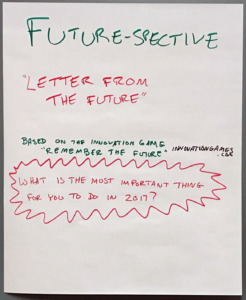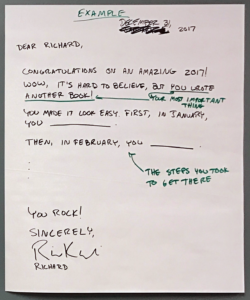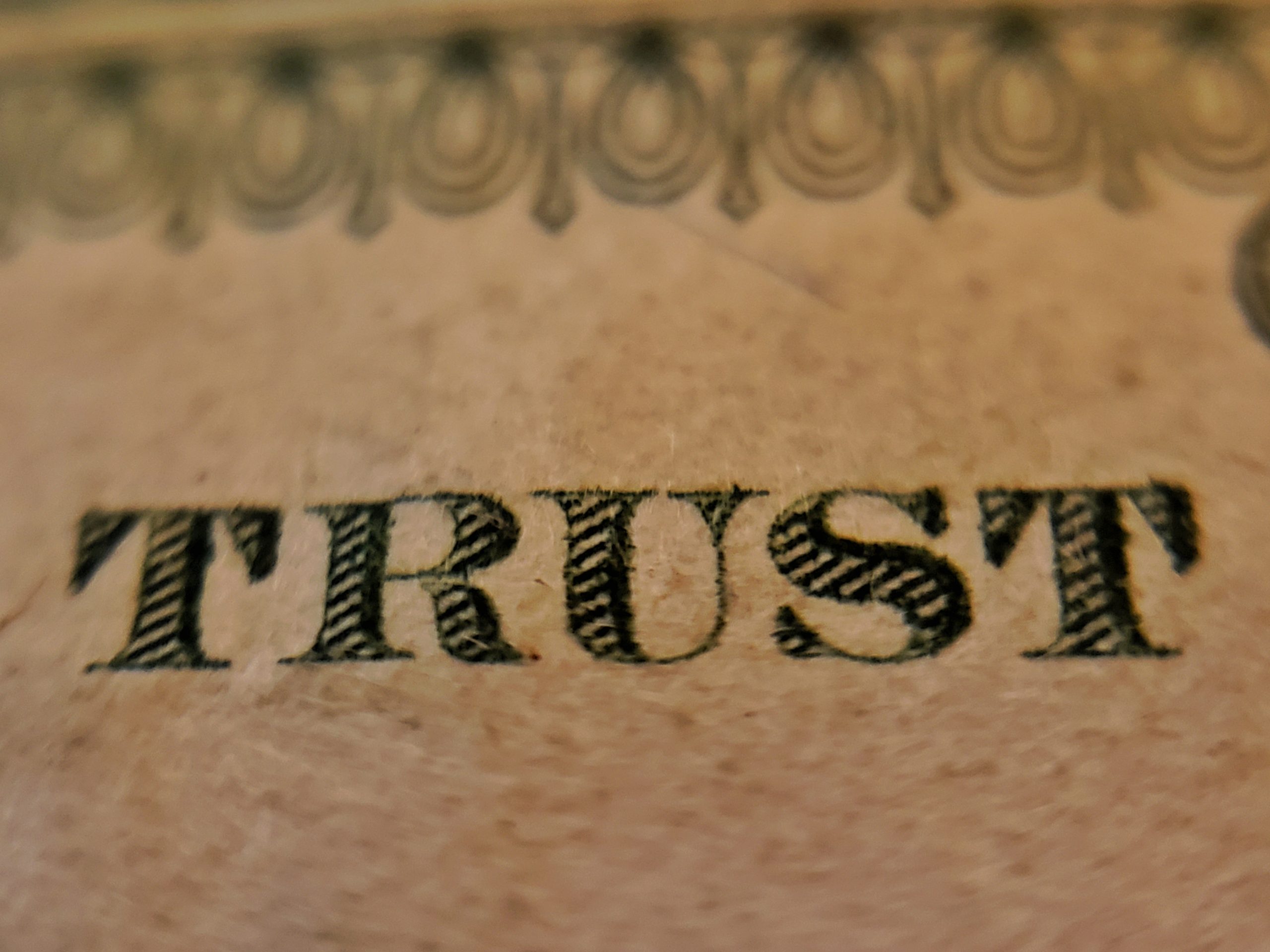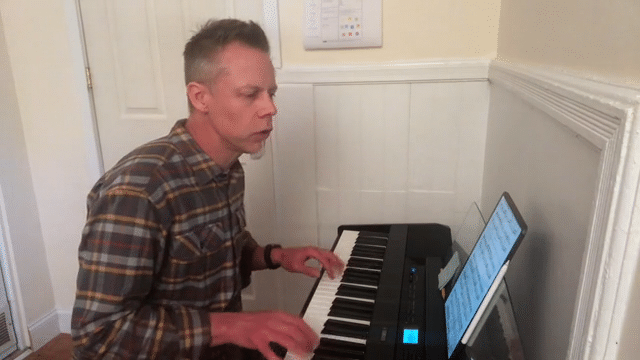 The end of the year is a great time to reflect on what the last twelve months have brought you and what you’ve learned or done—and to look ahead to the promise of the coming year. It’s a blank page on which you can write whatever future you desire for yourself.
The end of the year is a great time to reflect on what the last twelve months have brought you and what you’ve learned or done—and to look ahead to the promise of the coming year. It’s a blank page on which you can write whatever future you desire for yourself.
A blank page can be intimidating, with its the unbounded scope and lack of guidance. Where do you start? There are a number of Agile tools that help with planning and retrospectives, but one of the most powerful I find is to flip the perspective and look ahead by looking back. I use the Innovation Game, Remember the Future, as a way to leverage the analytical mindset of the familiar retrospective by flipping it into a “futurespective.” This is where you look back on the year ahead from the omniscient vantage point of hindsight.
It’s fun, too, to write yourself a Letter from the Future.
Let your imagination take the lead as you time-travel forward twelve months and reflect upon everything you will have learned, accomplished, created, and achieved. Congratulate yourself, so you experience how great it feels when your plans come to fruition. What will that look like to you and others? How will you know you’ve done it? What are the milestones along the way?
It’s not just about flexing your creative muscle and being imaginative for its own sake. Altering your viewpoint like this is a powerful cognitive tool. The original Remember the Future is a tool for product managers. They noticed that they got better results asking, “What will our product have done?”, instead of, “What should our product do?” The futurespective focuses the mind on managed change, the steps needed to get to that future point in time. Instead of a blank page, you have a goal to work back from, and you fill in the gaps. Our minds aren’t wired to think about the future in such a concrete fashion, because there’s no frame of reference for comparison. But when we use the past tense to reflect from a possible future point, we engage our narrative thinking to create the plot twists and turns and to see the process as a whole with a definite conclusion.
 Want to give it a try? Imagine it’s coming up to the end of 2019, and you’re looking back to today. Write yourself a letter, congratulating yourself on everything you’ve achieved. Outline how you pulled it off. “You made it look so easy! In January you .” Break it down, step by step. Make it as concrete as possible—what are the exact next steps that will get you to your goal? I call this your Letter from the Future.
Want to give it a try? Imagine it’s coming up to the end of 2019, and you’re looking back to today. Write yourself a letter, congratulating yourself on everything you’ve achieved. Outline how you pulled it off. “You made it look so easy! In January you .” Break it down, step by step. Make it as concrete as possible—what are the exact next steps that will get you to your goal? I call this your Letter from the Future.
Powerful as this exercise is, it won’t do the work for you. You have to use it to trigger actual action, which is why it’s really helpful to break down the steps along the journey. I wrote myself a Letter from the Future at the end of 2016. I congratulated myself on publishing another book. But as 2017 wore on and on, it wasn’t happening—I wasn’t putting in any writing time. My Letter from the Future was still there, and the end-of-year deadline was approaching. Every time I remembered the letter, it nudged me to think about what I needed to move things on toward this goal. I honed my focus to figure out exactly what I needed to to make it come true. I found the right collaboration partner, and we scoped out the work to begin early in 2018.
The result was my latest book, High-Performance Teams: The Foundations, which will be followed by a much longer and more in-depth book in 2019. Yes, the longer book is in my present futurespective focus right now / from then. (We’re going to need new grammar for this!*)
A bias for action creates momentum, stimulates next steps, and drives things forward. That’s the real secret behind the Letter from the Future. It makes you feel the way you’re going to feel when things are done—and that creates a high-gain positive feedback loop.
So why not write yourself a letter, from the end of next year? As we approach the 2020s, where will you be, what will you have done, and what are the concrete steps that got you there?
Let me know what you learn about yourself, and if you want help, just ask. Enjoy the journey!
*Douglas Adams describes this grammar challenge as the time travel grammar problem.





